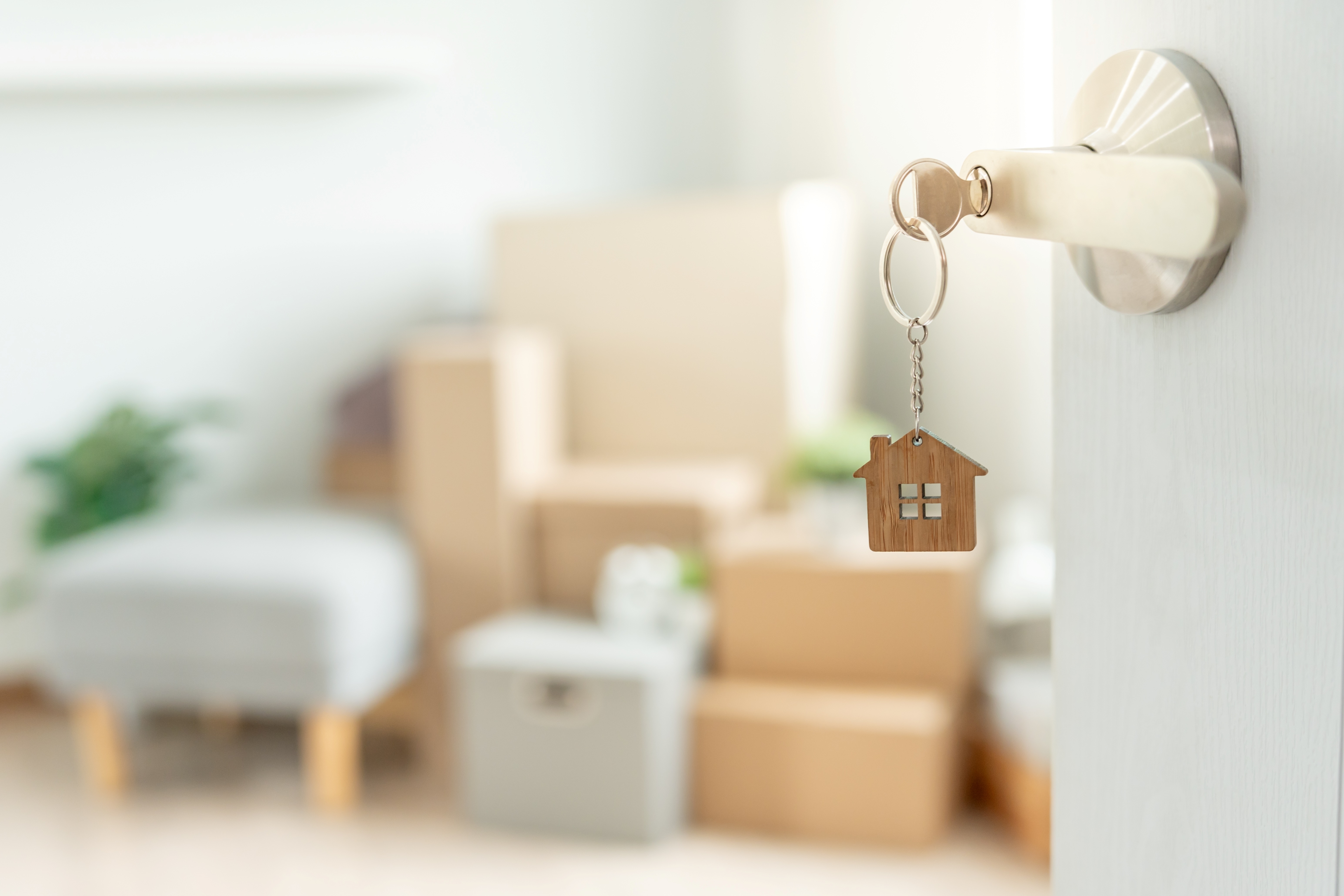As a landlord, your investment property is one of your most valuable assets. Naturally, you want to protect it, maintain its value, and avoid unnecessary costs. One of the simplest but most effective ways property managers achieve this is through regular routine inspections. These inspections aren’t just a quick walk-through—they’re a proactive measure that can save you thousands of dollars in the long run.
As a landlord, your investment property is one of your most valuable assets. Naturally, you want to protect it, maintain its value, and avoid unnecessary costs. One of the simplest but most effective ways property managers achieve this is through regular routine inspections. These inspections aren’t just a quick walk-through—they’re a proactive measure that can save you thousands of dollars in the long run.






